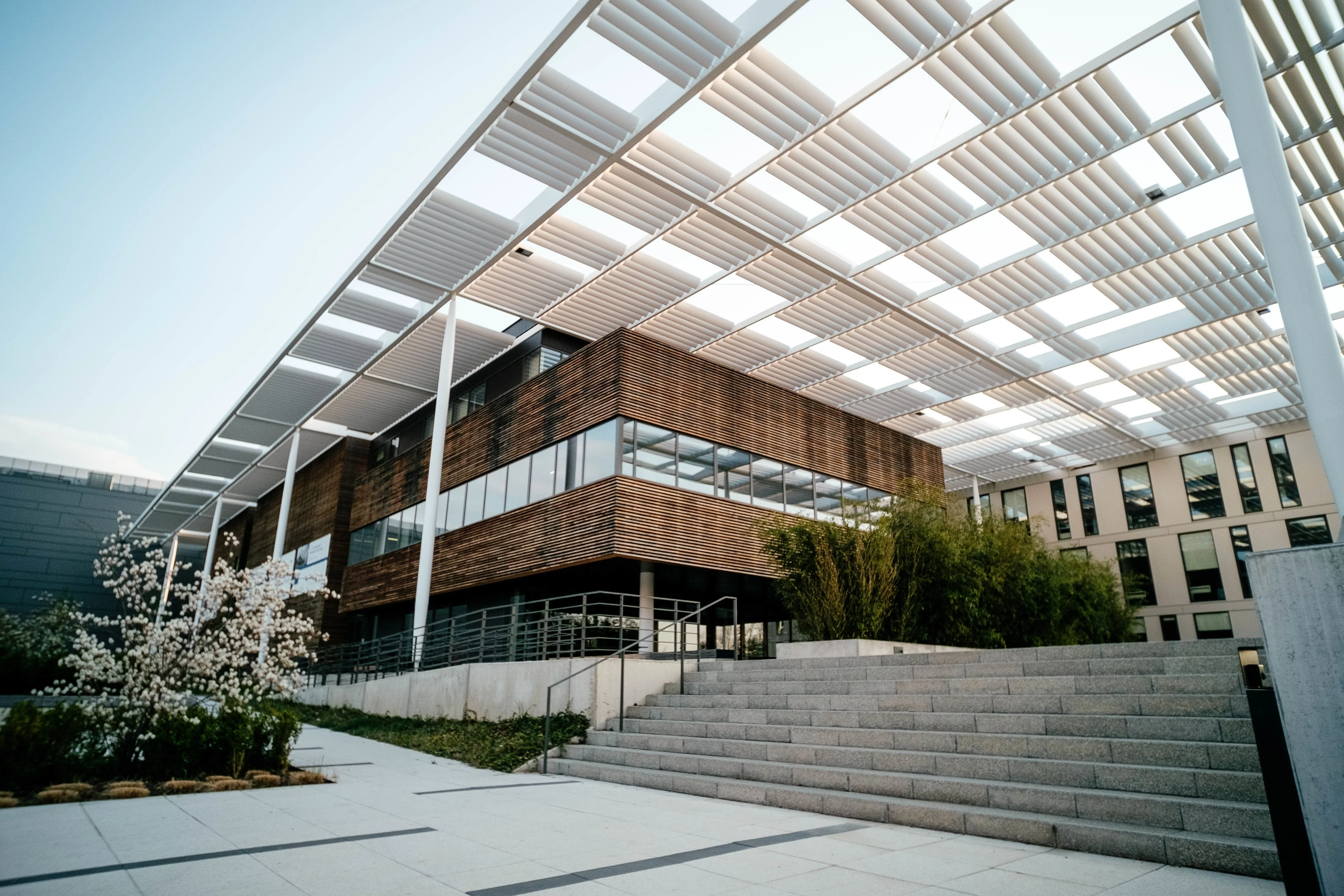Índice
The architectural designer plays a crucial role in the world of construction and architecture. While licensed architects are typically responsible for planning and executing various construction projects, architectural designers specialize in the technical and creative aspects of design.
This combination results in a unique blend of impressive artistic finishes and technical expertise. Below, we will delve into all aspects of an architectural designer: their role, their education, and the key functions they perform to succeed in this vital field.

An architectural designer is a professional responsible for creating and developing architectural plans, whether residential or commercial. They also create three-dimensional models of buildings, focusing primarily on the design phase of the project.
This specialized professional uses advanced tools, such as design software and computer-aided design (CAD), to bring ideas to life.
Moreover, a architectural designer does not just create plans; they also incorporate various technical and aesthetic aspects to ensure that designs are visually appealing, functional, and compliant with legal and building regulations.
Before starting work, it is important for an architectural designer to be trained in fields related to design or architecture. These professionals typically hold a degree in architecture, which provides them with the theoretical and technical foundations required for successful design.
They typically gain knowledge in the following areas:
Building codes and regulations.
Use of various design software.
Design techniques.
All these aspects are crucial for the development of design projects. This enables the creation of three-dimensional models that facilitate the visualization of the final project.
While technical training is essential, a design professional must also possess creative skills and a strong aesthetic understanding. Additionally, they need to be effective communicators to successfully collaborate with a wide range of professionals, including civil engineers, interior designers, and project managers.
This professional is multifaceted, performing a wide range of responsibilities. The following are their main functions:
One of their most notable tasks is to create and develop detailed plans for construction projects. These plans include both structural and aesthetic aspects to ensure that the design is functional and visually appealing. They are typically conducted for residential or commercial properties, depending on the designer's specialization.
Architectural designers start their work by closely collaborating with various professionals in the field, such as project managers and civil engineers. This aspect is crucial, as working together ensures that the designs are appropriate and comply with construction regulations and the requirements of their clients.
On the other hand, they also work with interior designers to ensure that the interior spaces of buildings are well-planned, just as much as the exterior.
Architectural designers also oversee the progress of projects. Although they are not always present on the construction site, they typically make periodic visits to ensure that the project aligns with the designed plans and to make any necessary adjustments.
This supervision is vital to ensure that the designs based on the plans meet the client's specifications and are implemented correctly.
The architectural designer works closely with the client to understand their preferences and incorporate them into a design that perfectly suits their needs. This approach ensures that the designs are aesthetically pleasing while also meeting technical standards..
As previously mentioned, computer-aided design (CAD) and other design software are essential tools for every architectural designer. These tools enable the creation of precise three-dimensional models, which help visualize the final project and also facilitate communication with other team members.
When working on various projects, architectural designers apply a range of skills. The most common areas of their specialization include:
Sustainable Design: Involves creating designs that help reduce environmental impact and maximize energy efficiency.
Residential Design: Focuses on creating plans for apartments, single-family homes, and residential communities.
Commercial Design: Concentrates on planning commercial buildings such as restaurants, retail stores, and offices.
Interior Design: Many architectural designers also specialize in interior design, allowing them to work on creating internal spaces, selecting materials, and finishes.
As can be seen, architectural designers must develop a variety of skills. If they do, they can have a broad field of work.
Often, these roles are confused, but their tasks differ significantly. One key difference is that a licensed architect has completed additional education and passed specific exams, certifying them to sign off on construction projects. In contrast, an architectural designer focuses more on the design phase and generally does not have the authority to sign off on projects
However, this does not mean that their role is less important. Their focus on aesthetics, design, and strong teamwork skills make them an essential part of any construction project they are assigned to.
Whether designing a commercial building or a residential home, the architectural designer plays a crucial role in ensuring that spaces are functional and meet the needs of clients and end users.
Undoubtedly, their solid education and innate skills enable effective collaboration with other professionals, achieving set goals and becoming a significant pillar in the world of construction and design.

¡Muchas gracias!
Hemos recibido correctamente tus datos. En breve nos pondremos en contacto contigo.